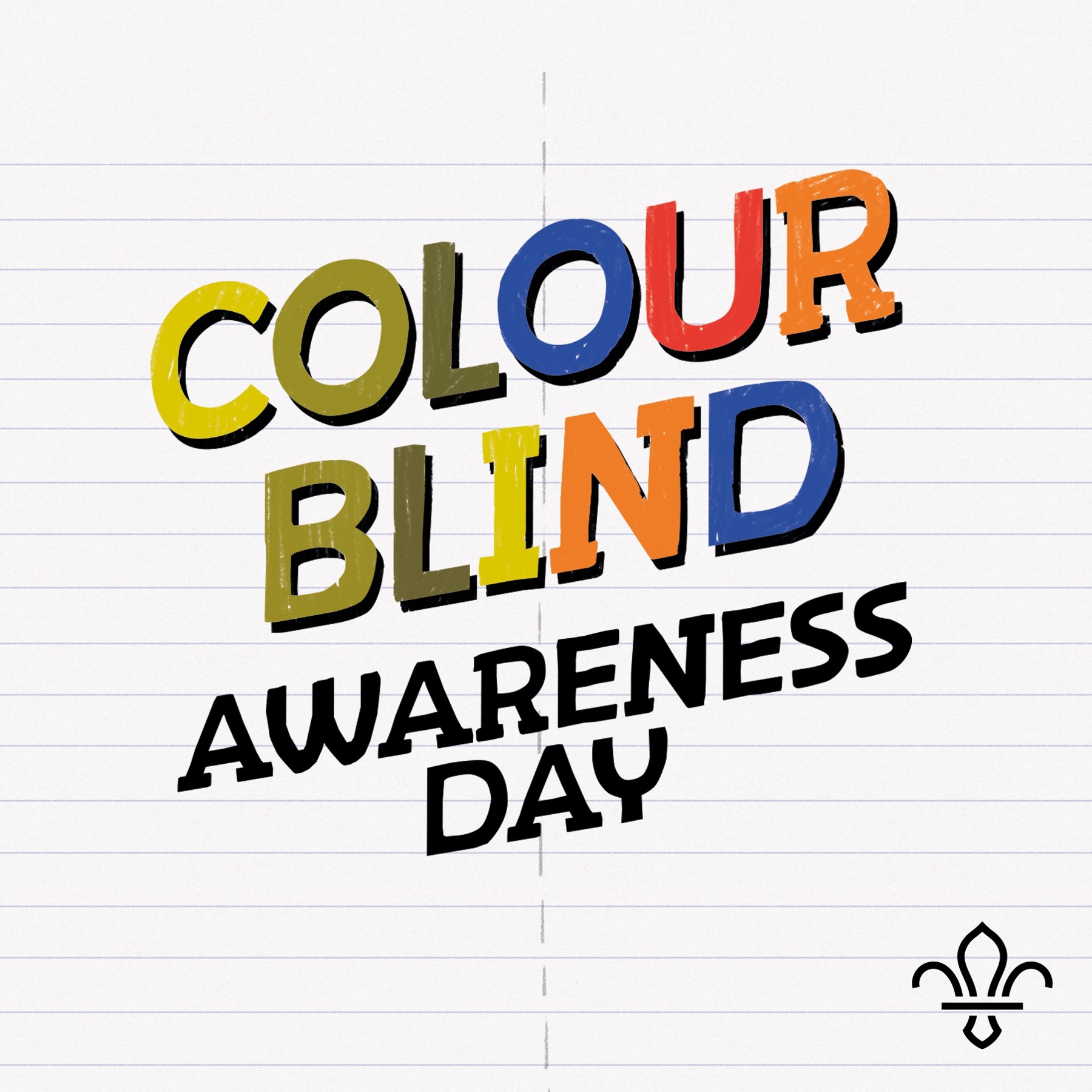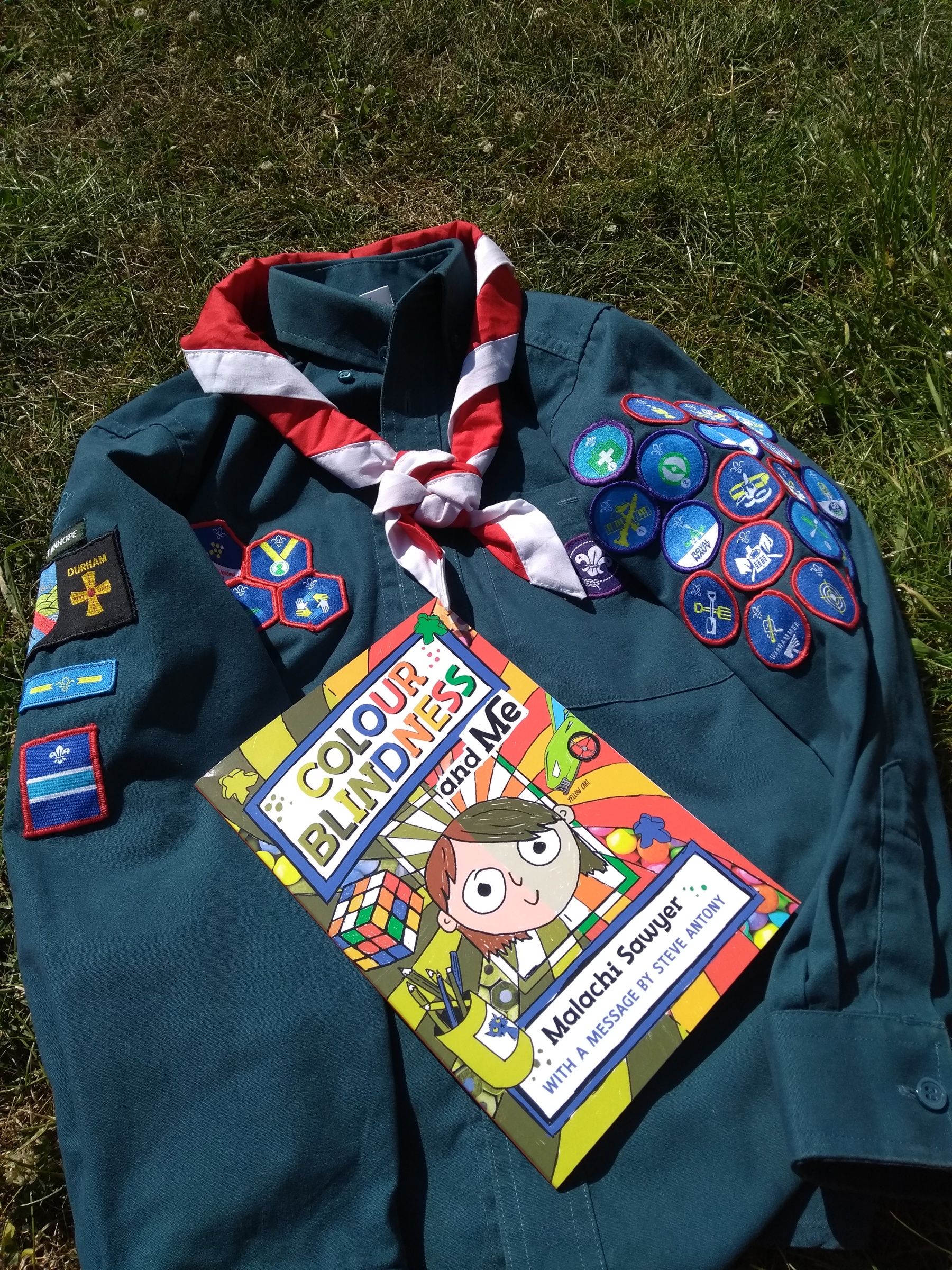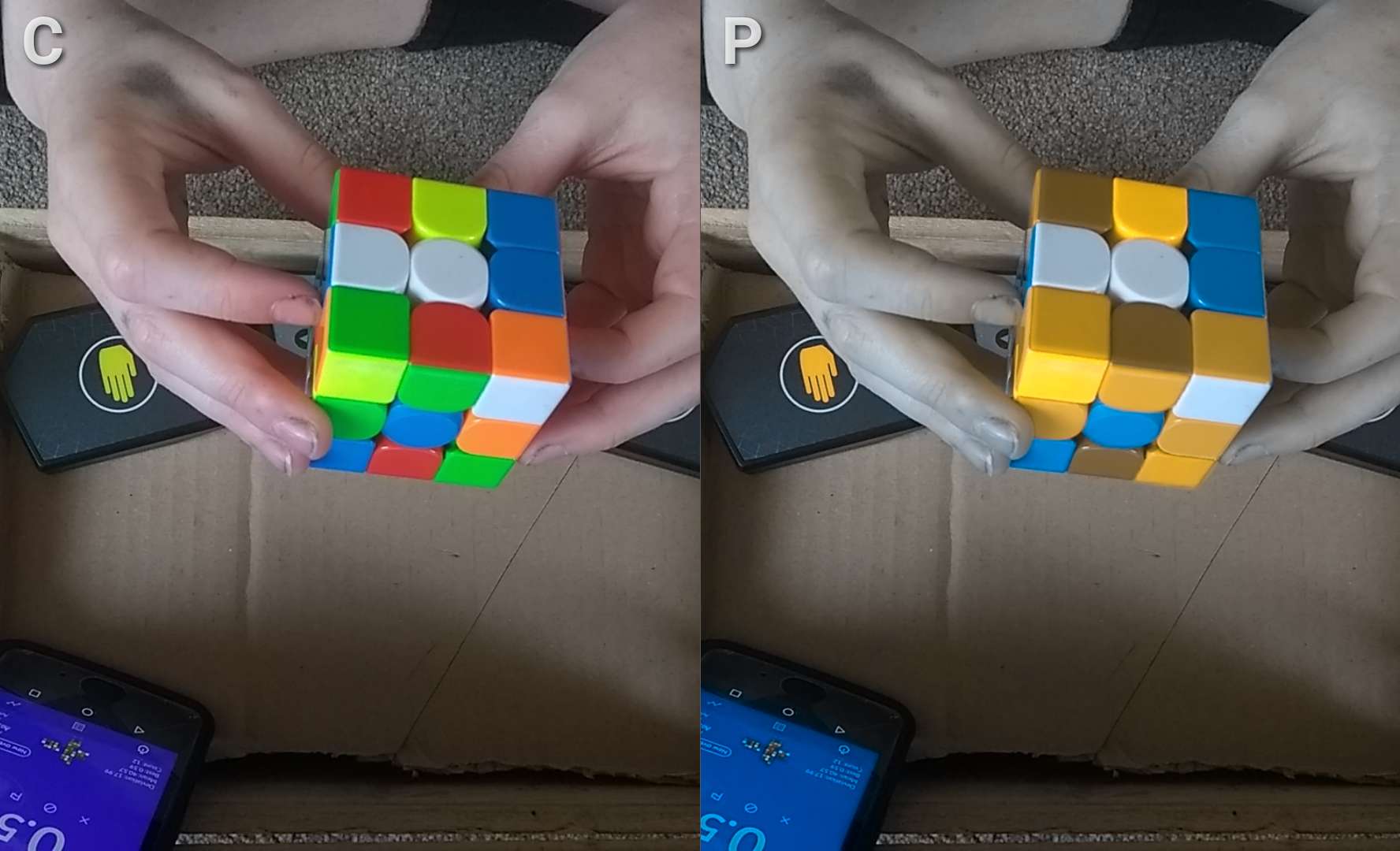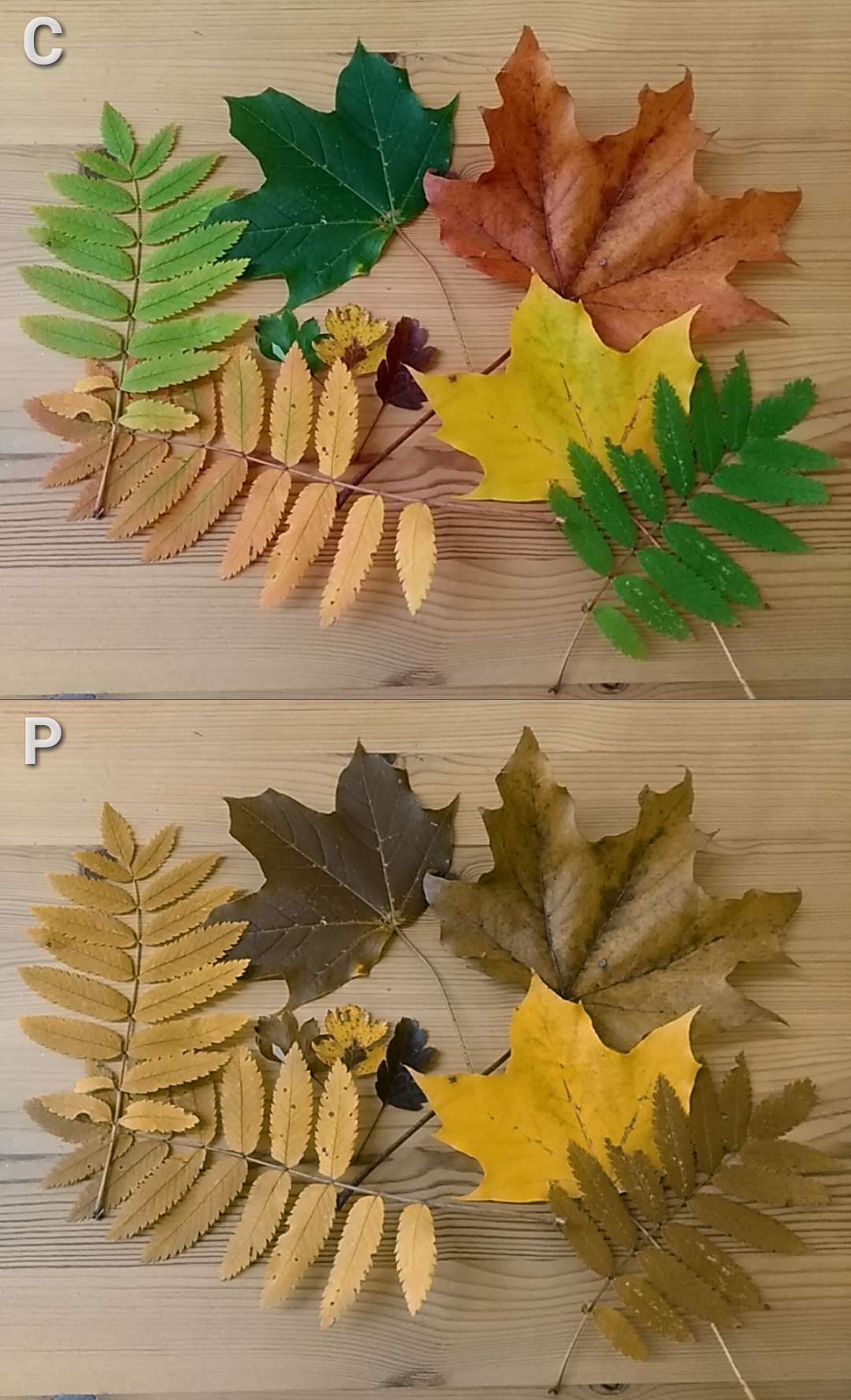12-year-old Malachi is raising colour blind awareness
September 6 is Colour Blind Awareness Day. We chatted with Malachi to find out about his experience of colour blindness, the challenges he faces, and why he decided to write his own book.

Meet Malachi. He’s a 12-year-old Scout who’s determined to raise awareness about colour blindness.
Earlier this year, he even published his own book to tell people about being colour blind and some of the challenges he faces.
Hi, Malachi. We're so impressed to hear about your book. Why did you decide to write it?
I wanted to raise awareness of colour blindness and help people understand what it’s like to be colour blind. Hopefully, if more people understand, we can all do more things to help colour blind people feel more included and make activities easier – just like my Scout volunteers have for me.
I also wanted to let other colour blind people know they’re not on their own and remind them they can still join in with lots of things.
In my book, I’ve included examples of how I see different colours compared to people who aren’t colour blind. It’s quite upsetting when people come up to me and ask me to guess what certain colours are. It’s like they’re testing or making fun of me.
I’m hoping my book can answer their questions without them needing to ask me all the time.

Can you tell us about yourself?
I’m 12 years old and I love being in Scouts. I like playing the guitar, learning about sharks, playing football, and going on adventures with my Scout group. I've been in Scouts for just over a year now, and I’m an Assistant Patrol Leader for the Pheasants patrol.
My favourite hobby is speedcubing. Speedcubing involves doing twisty puzzles, like a Rubik’s cube, as quickly as possible.
It’s quite tricky because I’m colour blind and I sometimes I can’t tell the cube colours apart. But, I’ve learned some techniques to help me, so now I can work towards my speedcubing record.
I’m working towards getting my Hobbies badge by writing down my speed-cubing timings and the techniques I’m using. My fastest time is 17.41 seconds!

What's your favourite activity in Scouts?
My favourite activity at Scouts is when we do anything outside, such as going on walks and camping.
This year, we did the Great Tommy Sleepout, which is a fundraising challenge to help support lots of veterans who are homeless in the UK. It was very fun, as we got to camp, go on a hike while carrying our kit, and raise money.
Which badges have you most enjoyed working towards?
I’ve got quite a few badges so far. My favourite ones are the ones I’m doing at the moment, which are Hobbies, Geocaching and Electronics.
You might think it’s strange for me to enjoy working towards the Electronics badge because I’m colour blind. I know I can’t be an electrician because of the colours they use on cables and I write about this in my book. But, I do love science and figuring out how things work.
One of our family friends is helping me do the Electronics badge. So far, we’ve made circuits and a wire buzzer game together. I’m hoping I’ll get the skills to make a radio with him.
For the electronics badge, I need to work out the resistance of resistors by using the markings on them. I can’t do this on my own, because the brown, red and orange wires look the same to me. My mum asked my Scout volunteers for help and we adapted the badge so I can still do the activity. My friend tells me the colours, then I work out the resistance.
I also enjoyed sharing the book I wrote with my Scout Leader as part of my Writer badge.
What challenges do you face with being colour blind?
When colours are used in things, it can sometimes be confusing for me, because I see colours differently. In Scouts, it’s hard for me to read maps, do activities and games where colours are being used – sometimes to put up tents which use colour codes for the poles so you know where to put them.
But, my Scout group have been great at adapting everything so I can join in.
One time, we played a game called ‘Please Mr Crocodile, can I cross the water?’ and when the person playing the ‘crocodile’ calls out a colour you’re wearing, you need to get to the other side of the room.
At the time, my volunteers didn’t know I was colour blind, so I went home a bit upset because I didn’t know what to do in the game.
When I told them I was colour blind, they were really helpful and adapted the game for me. We played it again, but instead of using colours, we changed it to other things, like ‘if you’re wearing a t-shirt,’ ‘if you have a brother,’ ‘if you have long hair,’ and many more. It was much more fun when I could join in properly!

We spoke to Vicki, who volunteers at Malachi's group
Vicki told us how she’s found adapting their sessions to help Malachi.
‘Once we became aware that Malachi is colour blind, we wanted to find out how to support him and help him to achieve in Scouts,’ Vicki begins.
‘My initial thoughts turned towards map reading activities and how we can help him to take part fully, given that the usual maps wouldn’t be suitable. Malachi also works with a partner who discreetly helps to identify anything he struggles with and that helps a lot.’
‘Ever since finding out Malachi felt upset after playing the ‘Please Mr Crocodile’ game, I’ve always made sure we adapt games to include him, but without highlighting his condition.’
‘Good communication with Malachi’s parents has been essential for making sure he keeps developing his skills in Scouts in a way that benefits him most. We also talk about anything else which comes up that we need to adapt, so he always feels included.’
‘The most inspiring part is that Malachi doesn’t let his colour blindness stop him from joining in. In fact, he’s the only Scout working towards the Electronics badge at the moment. He’s taking on this challenge, even when he knows it may be harder for him. We’re so impressed by Malachi’s determination.’
‘I hope Malachi continues to be awesome, and we can keep encouraging and helping him through his Scouts journey. With his commitment and enthusiasm, he has everything he needs to be a King’s Scout one day!’
Tips to make your sessions colour blind inclusive
It’s surprising how often we refer to and use colour in our everyday lives, including during our Scout meetings and camps.
Here are some tips for making your session more inclusive to Scouts who are colour blind, inspired by learnings from Malachi’s volunteers and parents.
If you use colours, consider whether someone who’s colour blind could be able to differentiate them. Instead of colours, use badges that have a symbol on them and not just a colour.
Likewise, if you use certain bins for certain things, returned forms, or any other colour-coded organisation systems, label those as well.
Use black text on white paper, rather than text on coloured backgrounds.
When you print, use black text on a plain, light background for a high black/white contrast, which is easier to read.
Similarly, for whiteboard markers, just use black rather than another colour.
Like whiteboards, if you plan to use PowerPoint presentations, be careful with the use of colour. Keep things simple.
Make sure all your young people can see who's on their ‘team’. You may want to choose a different way to recognise teams than coloured bibs, such as neckers and no neckers.
If you have coloured bibs, try bibs and no bibs, rather than different coloured ones for each team.
Check your young people can see the ball or any sports equipment being used in the activity. For example, red cricket balls and orange hockey balls are difficult to see against grass, particularly in poor light. Consider the colour of cones and boundary markers, too.
In games, such as ‘Please Mr Crocodile’, make sure to avoid using colours to call people. Instead use other suggestions, such as long hair, liking pizza or goes to dance classes, just like Malachi’s group do.
When doing cooking activities, consider labelling the different coloured chopping boards (for example, red – raw meat, blue – raw fish).
Consider buying a food thermometer, so if a colour blind young person is taking charge of cooking food, they’ll know when the food is cooked by temperature, rather than relying on the colour of it (for example, chicken no longer being pink and mince changing from red to brown when cooking).
Lighting is important to colour vision, as different types of light can affect our colour recognition. The brighter the light, the easier it is to recognise colours. You could suggest colour blind young people sit somewhere in your meeting place that has plenty of natural light, but avoids glare.
It can be tricky to completely avoid colour. Offer the young person a buddy, just like Malachi has, to help them describe colour. Make sure to discuss this with the young person who’s colour blind and their parents or carer before assigning them a helper. They may feel insecure about their condition and may not want everyone to know.